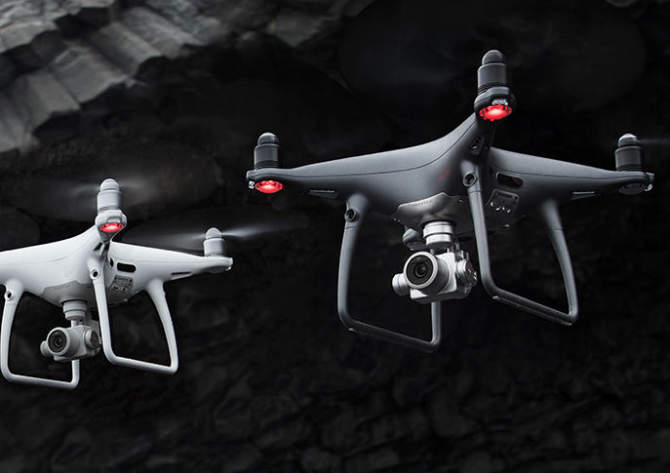
On 10 September, Hurricane Irma brought 130mph winds and rapid flooding to Florida, killing more than 50 people and causing major damage to harbours, buildings and power lines. The storm followed directly after Hurricane Harvey, which had left Texas and Louisiana devastated just a couple of weeks earlier.
During Irma, more than 16 commercial airports in Florida were forced to cease operations, including major transport hubs Fort Lauderdale and Miami International Airport, resulting in the cancellation of more than 4,000 flights.
In the aftermath, the US Federal Aviation Administration (FAA) issued more than 130 airspace authorisations to agencies looking to use drones to survey areas affected by the storms.
Speeding up response times
According to FAA Administrator Michael Huerta, the organisation supported waves of unmanned aircraft operators in order to get recovery efforts moving as quickly as possible.
“We recognised that we needed to move fast – faster than we have ever moved before.” Huerta said at the Interdrone Conference this month. “We basically made the decision that anyone with a legitimate reason to fly an unmanned aircraft would be able to do so. In most cases, we were able to approve individual operations within minutes of receiving a request.
The FAA’s rallying cry was unusual for an organisation designed to regulate unmanned aircraft. However, as the majority of airports in affected states were closed or re-purposed for relief operations, Irma and Harvey had crippled the US’ ability to assess damage from the air.
Huerta explained how drones had enabled a speedier and more effective response while airports are out of action. “Every drone that flew meant that a traditional aircraft was not putting an additional strain on an already fragile system.” he said.
“In many of these situations, unmanned aircraft were able to conduct low-level operations more efficiently – and more safely – than could have been done with manned aircraft.
Restoring power
Drones have proven useful to public and private sector organisations that have been mapping and surveying damage from the sky.
The US Air National Guard re-purposed combat drones to evaluate disaster-stricken areas and prioritise where they could send assistance. Meanwhile, US Customs and Border Protection mapped regions in Key West, Miami and Jacksonville using the technology.
Unmanned aircraft have also been a godsend for electricity companies, who have been scrambling to restore power to approximately 6 million Floridians after hurricane Irma.
Bill Orlove, a spokesperson for Florida Power and Light (FPL), spoke about how drones have proven effective in previous relief efforts: “During hurricane Matthew, we had 130 drone flights and found that it was very helpful in terms of getting information quickly regarding the grid in areas that were either inaccessible or dangerous for our crews to get in the air,” he said.
Following Irma, the FAA reported that FPL had approximately 49 drone teams surveying areas of Florida that were inaccessible by vehicles. With the company serving more than 4 million customers across 35 counties in the state, the drones were necessary to provide quick visual data on power lines destroyed by debris.
“Each drone has a camera and is livestreaming the information to our restoration crews,” says Orlove. “So they’re able to see in real-time what the issues may be.”
Orlove claims that unmanned aircraft have made costly and time-consuming aerial operations a thing of the past. “When we had to deal with Hurricane Wilma back in 2005, we had to hire a helicopter or an off-site company to come in.” he says. “That takes a lot of time, and the unmanned aircraft systems give us the ability to speed up our restoration efforts.”
Observe and report
Information acquired from drones has not just been used to assist with recovery. Airbus’ drone services division, Airbus Aerial, has been helping insurance companies to look into claims made by homeowners, using a combination of drone and satellite data to provide before-and-after pictures of incidents.
In Houston, where hurricane Harvey is estimated to have caused up to $160 billion in damages, media outlets such as CNN and ABC flew unmanned aircraft over the city to report on roads and infrastructure left devastated by flooding.
According to Huerta, the disaster relief effort has demonstrated the power of drones as a tool for assessing and reporting. “I don’t think it’s an exaggeration to say that the hurricane response will be looked back upon as a landmark in the evolution of drone usage in this country.” he said.
As drones lifted off across Florida, the FAA was also making steps to optimise relief flights coming into and out of the state. This involved transporting mobile towers from Connecticut to Key West and St Thomas in order to provide shelter for air traffic controllers.



